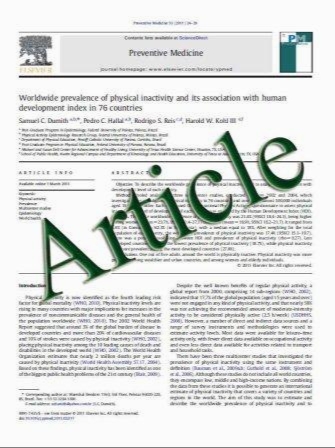Direct-Acting Antiviral Therapy for Hepatitis C: Attitudes Regarding Future Use
- نوع فایل : کتاب
- زبان : انگلیسی
- مؤلف : Paul J. Gaglio Noah Moss Camille McGaw John Reinus
- چاپ و سال / کشور: 2011
Description
Introduction Response to current therapy of hepatitis C virus (HCV) is suboptimal. Direct-acting antiviral therapies (DAA) are expected to improve treatment outcomes. Additional treatments for HCV will invariably make therapeutic choices and patient management more complex. We hypothesize that current perceptions regarding the complexity of DAA therapy will influence attitudes towards future use by practitioners who are currently treating HCV. Methods An Internet-based survey was sent to 10,082 AASLD and AGA members to determine if they treat HCV infection, their knowledge of DAA therapies, attitudes towards current and future HCV treatments, and if they participated in clinical trials using DAA agents. Results Out of a total of 1,757 individuals responding to the survey, 75% treat HCV; 79% were MDs, 67% were Gastroenterologists, and 24% were Hepatologists. Of the respondents, 77% indicated they were ‘‘very aware’’ or ‘‘aware’’ of DAA therapies, 20% participated in clinical trials, and 3% had minimal knowledge of DAA agents. Comparing treatment ‘‘today’’ versus in the future when DAAs were available, 85 vs. 81% would treat (p = 0.0054), 6 vs. 10% would refer to an ‘‘HCV expert’’ (p = 0.016), and 1% would refer to an ID specialist. Of respondents with ‘‘minimal knowledge’’ of DAA, 52% stated that they would use them in the future. Conclusions Although the majority of respondents appear ready to utilize DAA agents in the future, referrals to ‘‘hepatitis C experts’’ will increase. More than half of respondents with ‘‘minimal knowledge’’ of DAA therapies also appear to be willing to utilize these compounds, raising concerns regarding their inappropriate use. Broad education of healthcare providers to prevent inappropriate use of these agents will be critical
Dig Dis Sci (2011) 56:1509–1515 DOI 10.1007/s10620-011-1604-3 Received: 15 December 2010 / Accepted: 28 January 2011 / Published online: 19 February 2011


